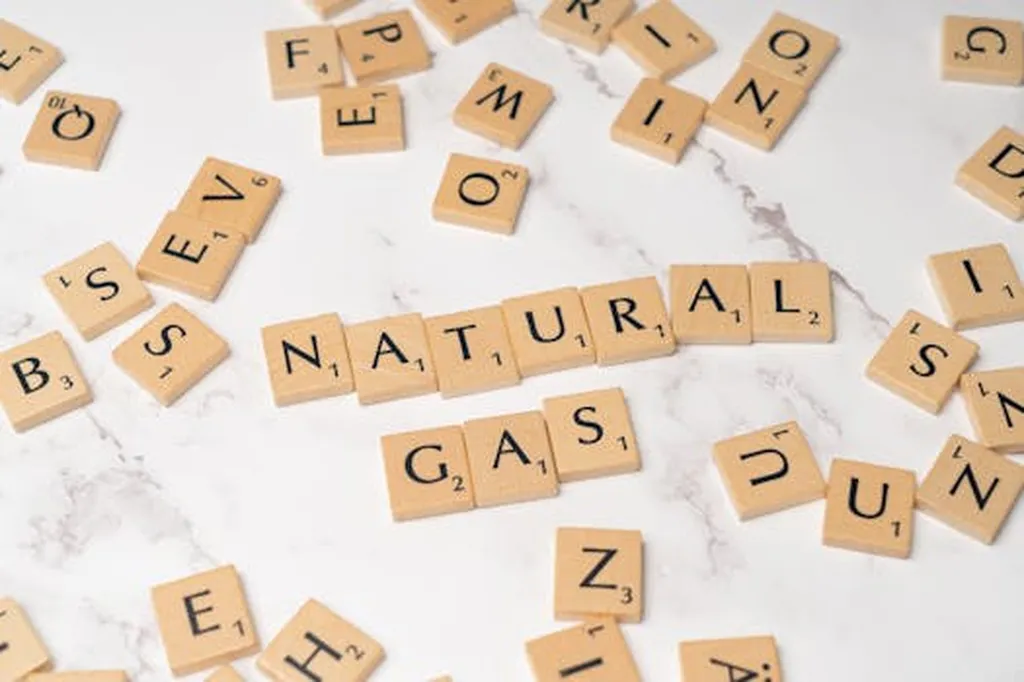In a groundbreaking study published in the open-access journal *PeerJ Materials Science* (translated from the Latin as “PeerJ Materials Science”), researchers have unveiled a novel method for extracting heavy metals from polluted environments, with significant implications for the energy sector. The study, led by Mouhammad Shadi Khudr from the Faculty of Biology, Medicine and Health at the University of Manchester, explores the use of zinc-reinforced ZSM-5 zeolites, rare-earth magnets, and legumes to enhance copper extraction.
Zeolites, a group of hydrated aluminosilicate minerals, have long been recognized for their ability to trap and exchange cations, making them useful in various environmental remediation processes. However, the combination of physically modified zeolites with reducing agents, static magnetism, and bioremediation has remained largely unexplored—until now.
Khudr and his team partly gel-coated ZSM-5 pellets with zinc and tested their copper extraction capabilities in a polluted medium. The results were striking. “The reinforced zeolite accrued the fastest extraction, outperforming the raw zeolite and the bio-trap, especially as time advanced,” Khudr explained. The study found that the reinforced zeolite, when combined with a bio-trap (Vicia faba, commonly known as the faba bean), was the most effective over time. Interestingly, the bio-trap proved to be a better companion than the magnet, and the synergistic effect between the reinforced zeolite and the bio-trap was particularly noteworthy.
The implications for the energy sector are substantial. Copper is a critical component in various energy technologies, including renewable energy systems and electrical infrastructure. Efficient extraction methods can reduce the environmental impact of mining and improve the sustainability of energy production. “Our amalgamative approach provides novel user-friendly extraction methods, with high applicability potential across aquatic media and heavy metals,” Khudr noted.
The study also explored the use of plasma-sputtered ZSM-5 pellets with zinc, tested under the influence of a magnet. While the initial results were promising, the extraction efficacy deteriorated sharply over time. Nevertheless, the method showed potential for further optimization and development.
This research opens new avenues for the energy sector, offering innovative solutions for heavy metal extraction that are both effective and environmentally friendly. As the world continues to seek sustainable energy solutions, such advancements are crucial. The study’s findings, published in *PeerJ Materials Science*, highlight the importance of interdisciplinary research in addressing global environmental challenges.

